
The porthole shows the White Sea and the gloomy taiga forest of the Arkhangelsk Region with its lakes and never-ending swamps. Two hours later, the plane lands in front of a small house that has turned gray with time. The only detail that gives away that it’s a control tower is an old sign announcing we’ve arrived at Letnyaya Zolotitsa Airport. Located by the Onega Bay of the White Sea, this tiny village is inhabited by no more than 700 people in summer. In winter, only about 300 people have the fortitude to remain in this unwelcoming northern outpost. The only links with the outer world are through the fragile umbilical cord of air travel and the rough White Sea, the latter of which cannot be relied on in winter.
 Photo credit: Anton Agarkov
Photo credit: Anton Agarkov
For us, the village of Letnyaya Zolotitsa is the capital of the Onezhskoye Pomorye National Park and the starting point of a journey to the unknown. We've been led to this destination by an unexpected proposition to photograph bears who have become so numerous on the shores of the White Sea that even the locals are getting a bit wary.
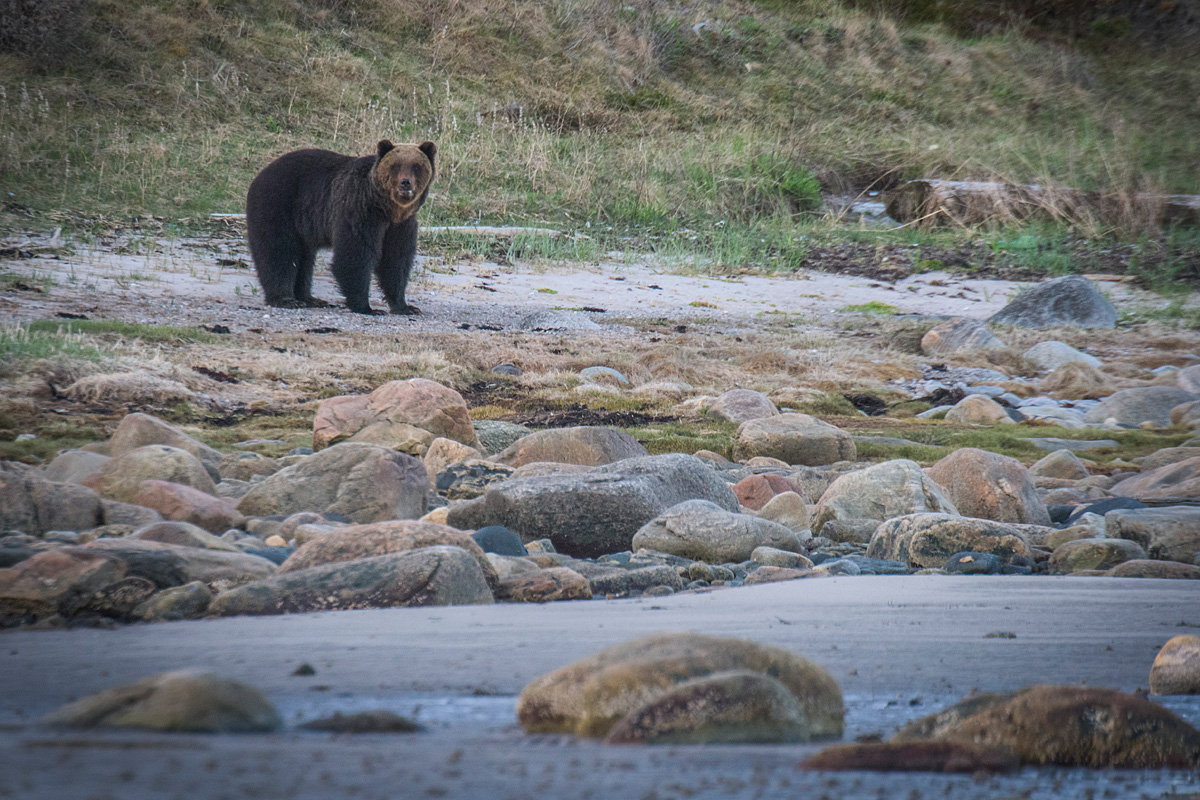 Photo credit: Anton Agarkov
Photo credit: Anton Agarkov
In May, bears come out to roam along the tide line collecting everything they can find and digging in the seaweed that has been thrown ashore by spring storms. A bit later they start pasturing on fresh grass, like sheep. Bears do not frequent the village of Letnyaya Zolotitsa and it has to be said that the villagers are more than okay with that. Consequently, to find the bears, one needs to travel about 40 kilometers along the road, which is passable only by motorbike or four-wheeler.
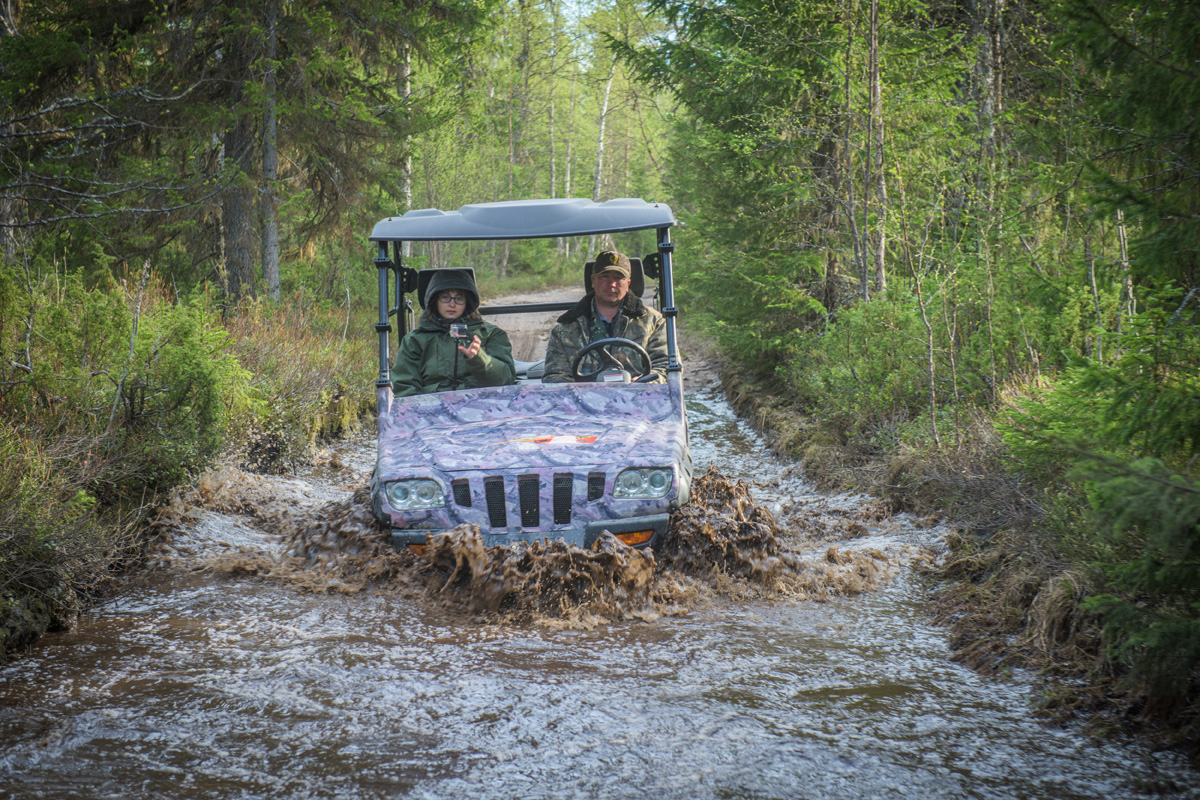 Photo credit: Anton Agarkov
Photo credit: Anton Agarkov
The bumpy road takes us to a fisherman's "tonya" – a small hut by the sea. From one side, it overlooks the taiga, while from the other you can see the huge sea and a sandy beach.
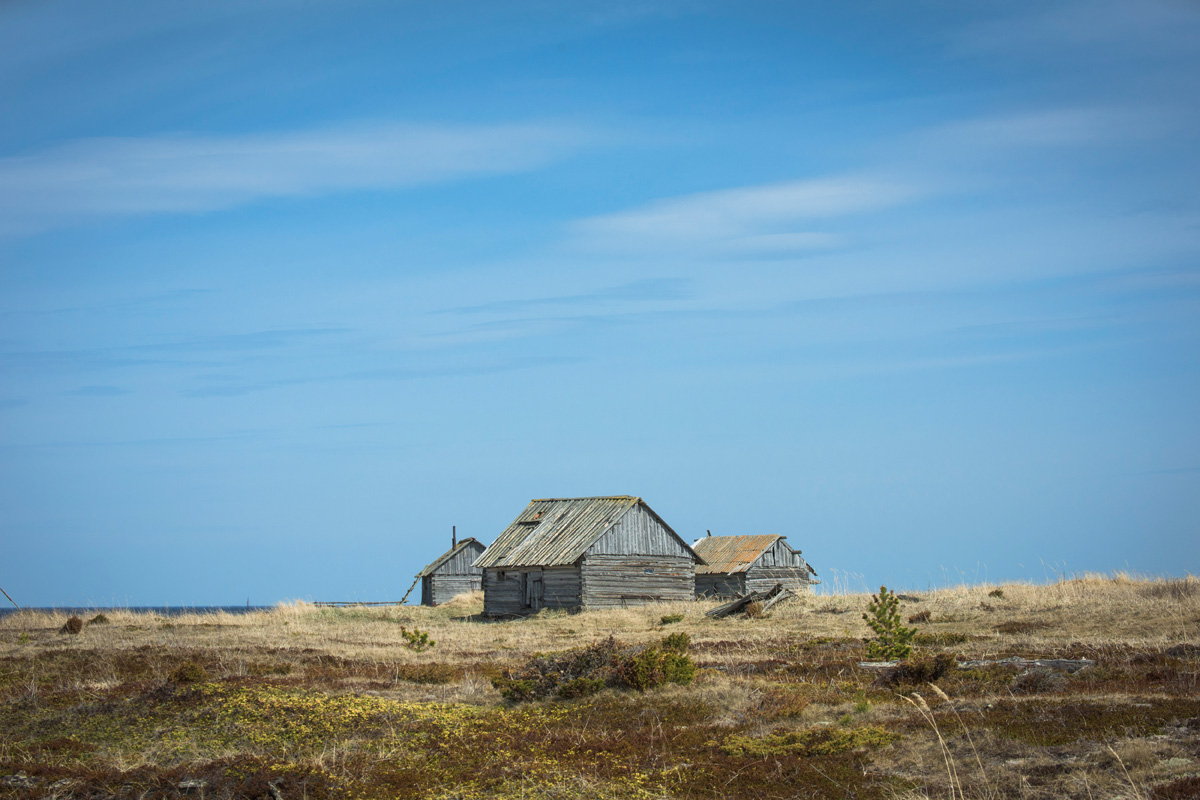 Photo credit: Anton Agarkov
Photo credit: Anton Agarkov
A northern day begins to dawn above our heads. The small wooden hut, weathered by wind and salt, has a few plank beds, a small table and a battered stove: Enough for austere northerners who come here to gather kelp.
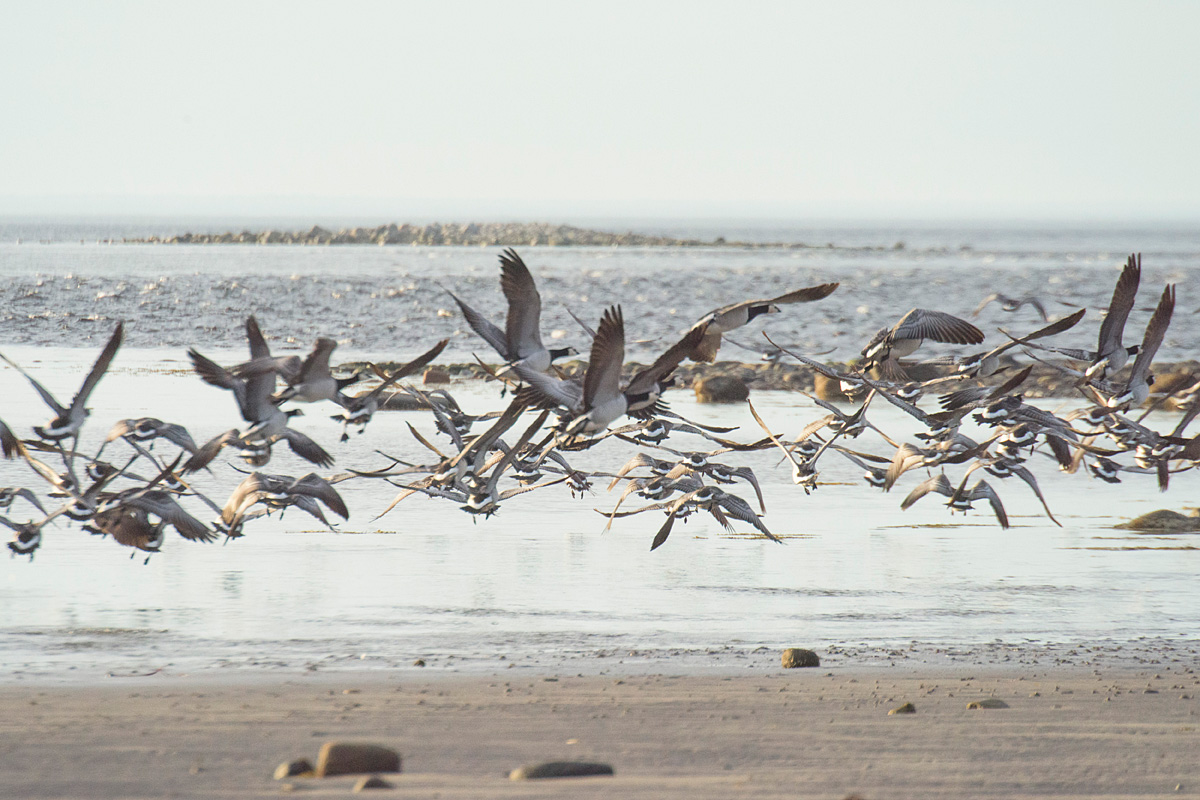 Photo credit: Anton Agarkov
Photo credit: Anton Agarkov
Very soon, they will settle in their tonya huts and begin sailing the sea in their boats, pulling seaweed out of the water, using long sticks with attached scythe-like knives. The collected laminaria will be put out to dry on barbed wire, then tied up in bundles and sold to buyers. On the way to clean Moscow tables with sparkling cutlery atop them, the price of kelp grows manyfold.
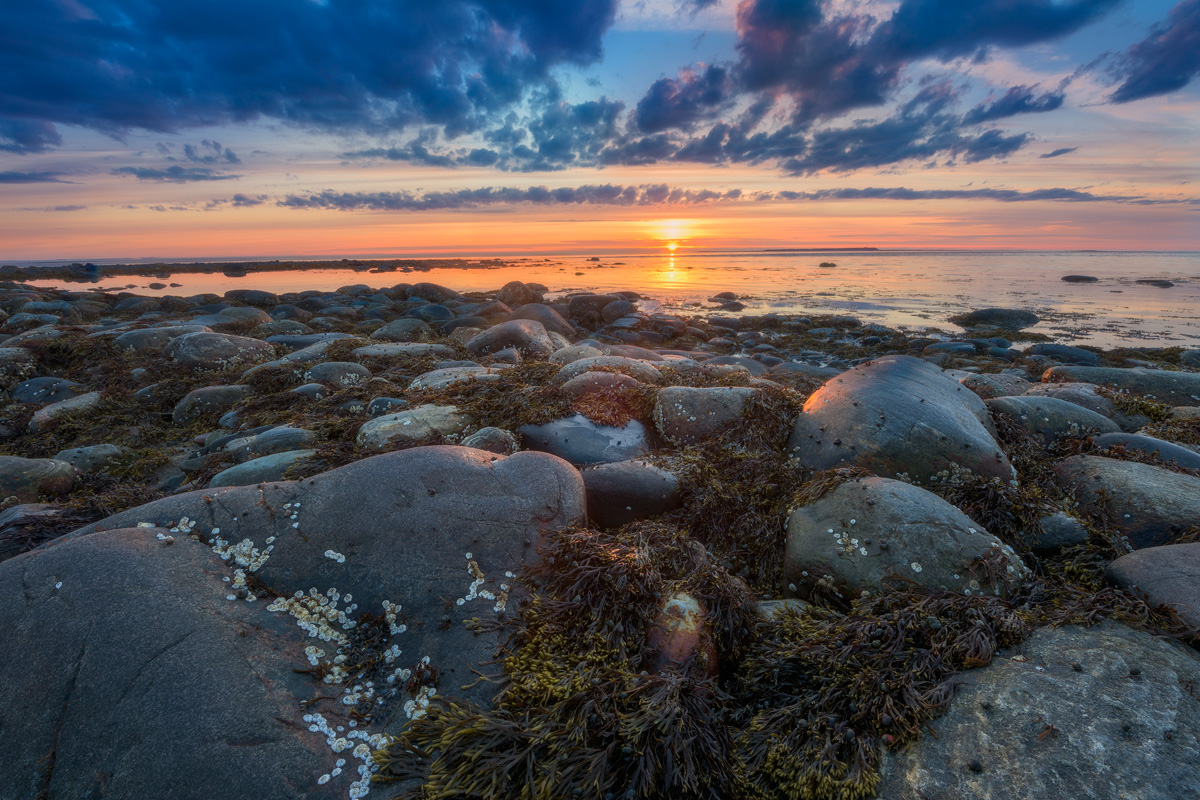 Photo credit: Anton Agarkov
Photo credit: Anton Agarkov
We stay in a fisherman's hut. Through the window you can see clumsy fresh water seals on the rocks, basking in the sun. If you approach them, they slide lazily into the water where they demonstrate their marvelous agility. Right on schedule, a wary fox comes up to the hut to see who's invaded their territory. It squints cunningly, but lets us take a photo before taking off to conduct its business.
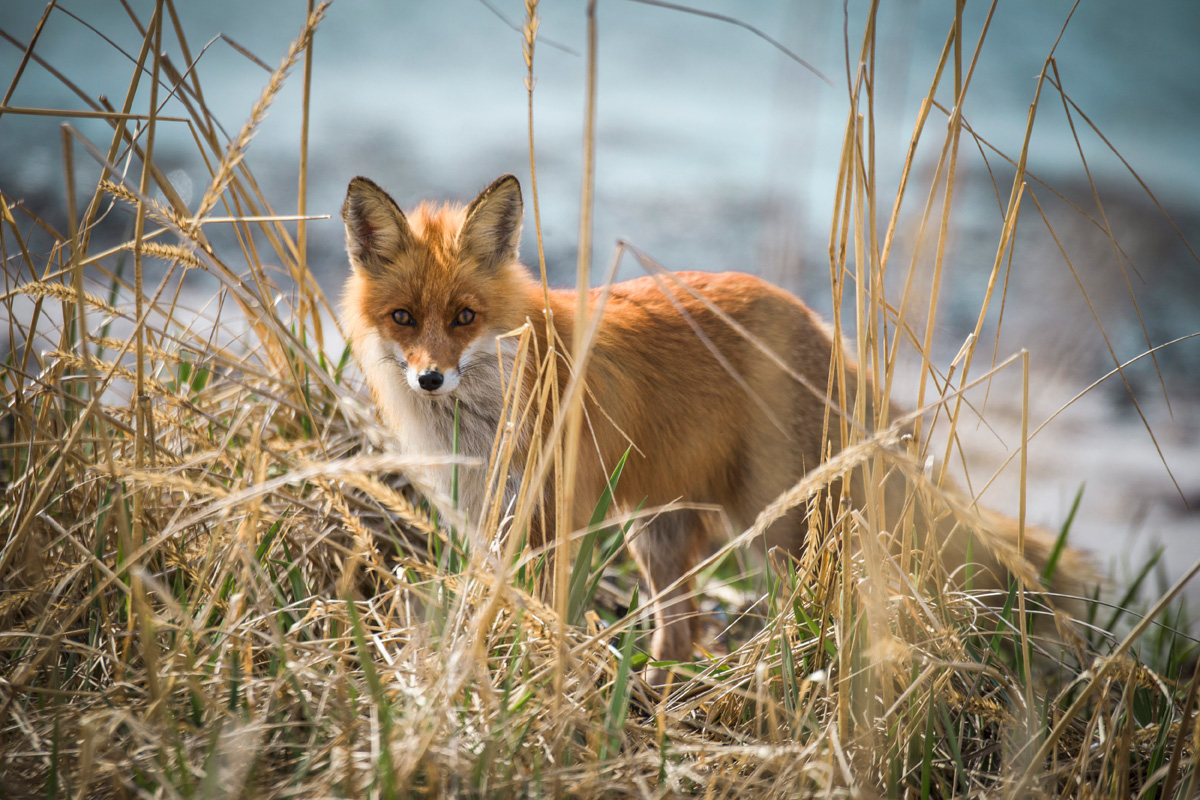 Photo credit: Anton Agarkov
Photo credit: Anton Agarkov
Shallow waters are a place of rest for wild geese on their way to Greenland. Evened out by the rain, the sand looks like a highway with a wolf's trail stretched alongside the fox's paw prints. The wolf's prints stand next to those left by a female bear with a cub.
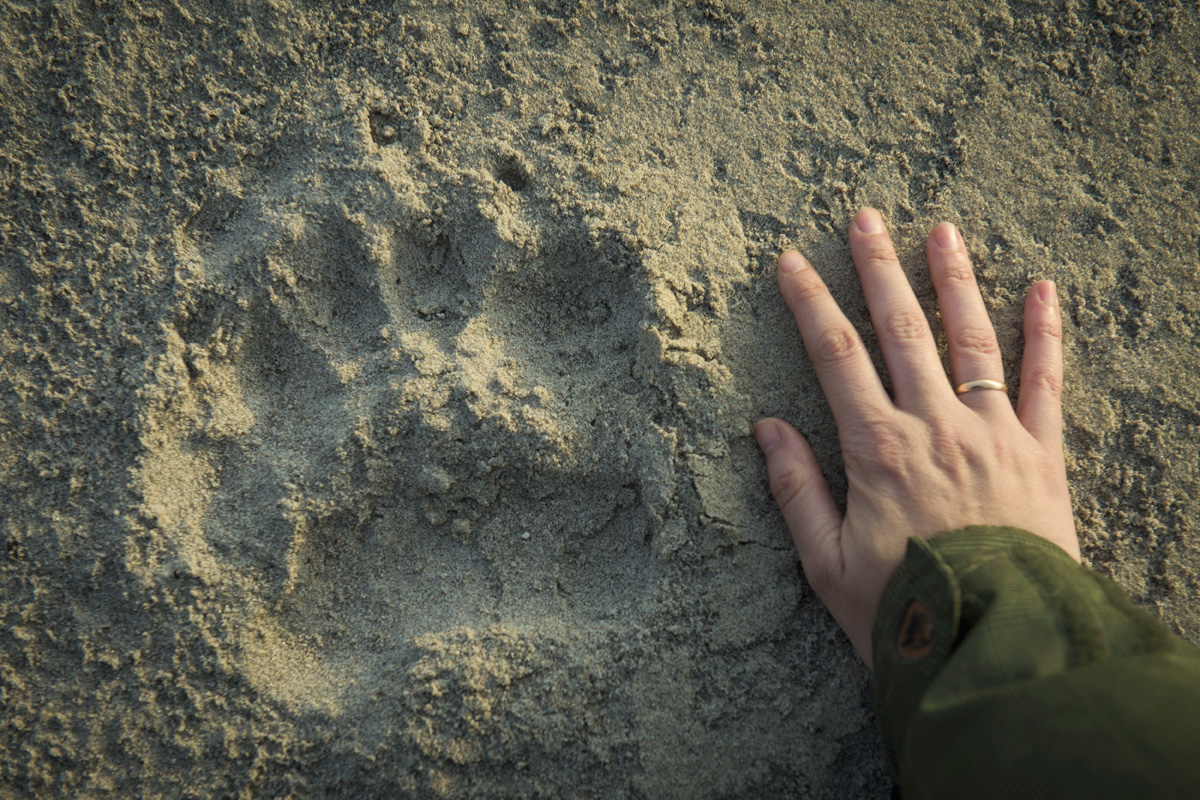 Photo credit: Anton Agarkov
Photo credit: Anton Agarkov
Bears are righteous hosts here. They walk along roads because it's much easier to navigate than the taiga. Generally they are not willing to let vehicles pass – when there's a bear on the road, the whole world can wait.
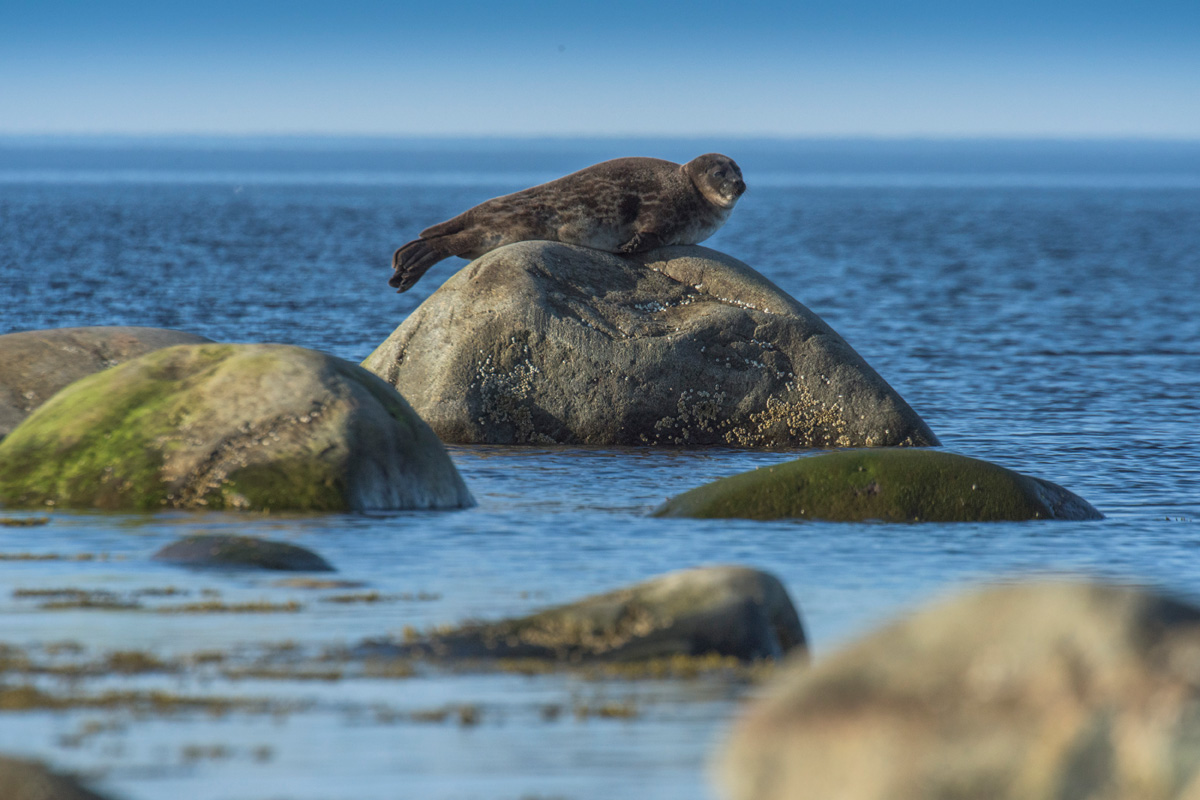 Photo credit: Anton Agarkov
Photo credit: Anton Agarkov
The wild shore of the Onega Bay is the principal attraction of the National Park. But as you return to the village of Letnyaya Zolotitsa, you realize quite quickly that this godforsaken village deserves no less protection than bears, foxes and seals. The villagers do not lock their doors and a stick propped up against the door is what secures the local store.
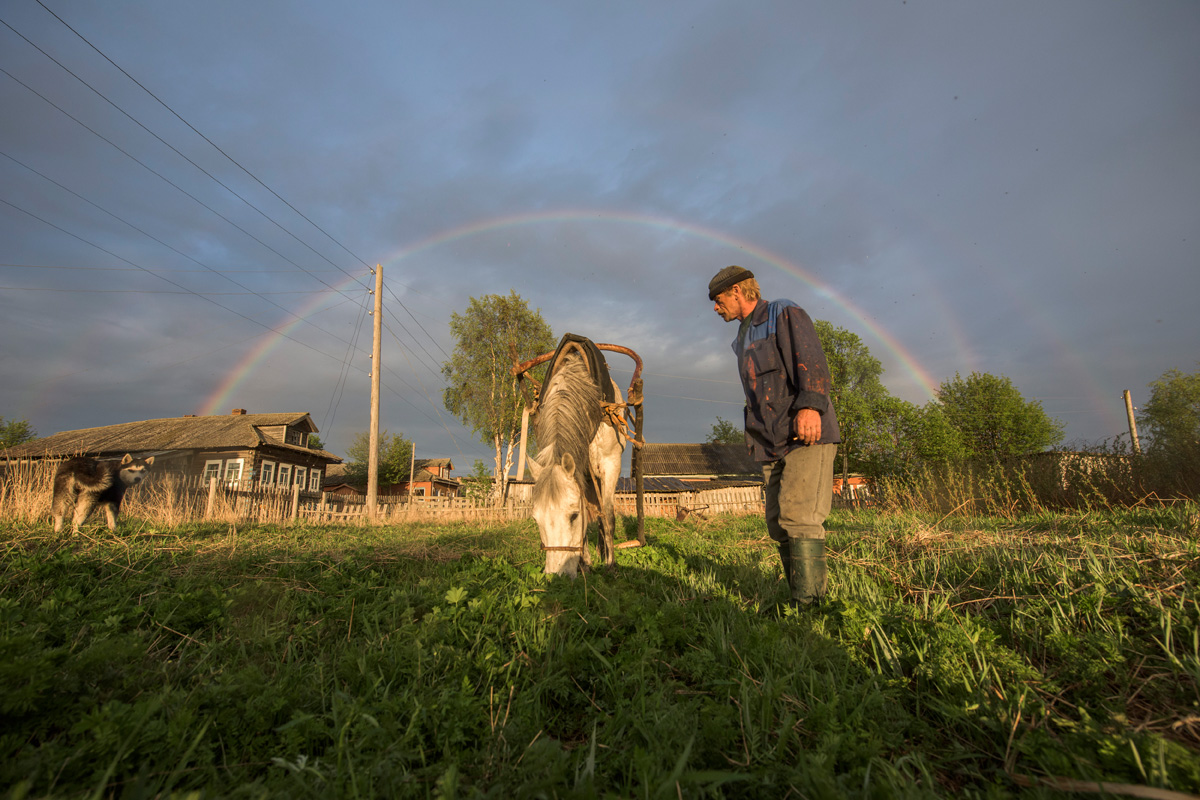 Photo credit: Anton Agarkov
Photo credit: Anton Agarkov
However, locals rarely frequent the store, as nature gives them fish, meat, fowl and berries. Old men sail the sea up to Anzer Island on their wooden launches, younger men work the land with horses and old women bake delicious Karelian shangas – open pies with berries or fish – in traditional Russian stoves. Few of these people would want to abandon their cozy huts on the wild shore for the conveniences of a large city.
All rights reserved by Rossiyskaya Gazeta.
Subscribe
to our newsletter!
Get the week's best stories straight to your inbox